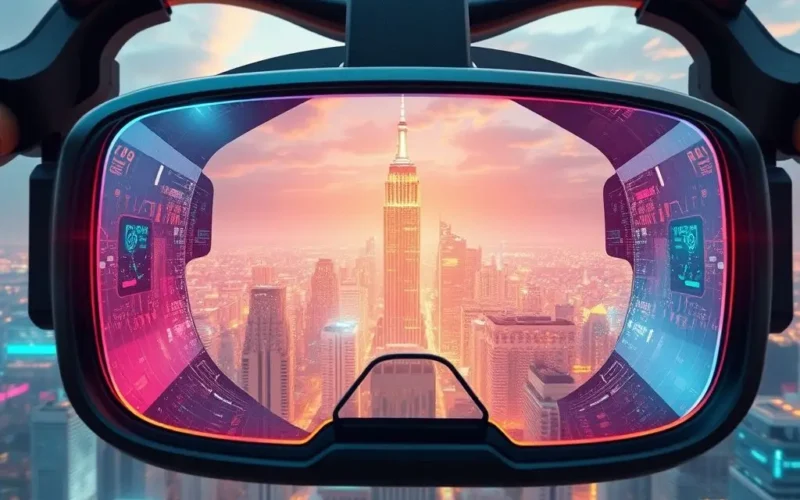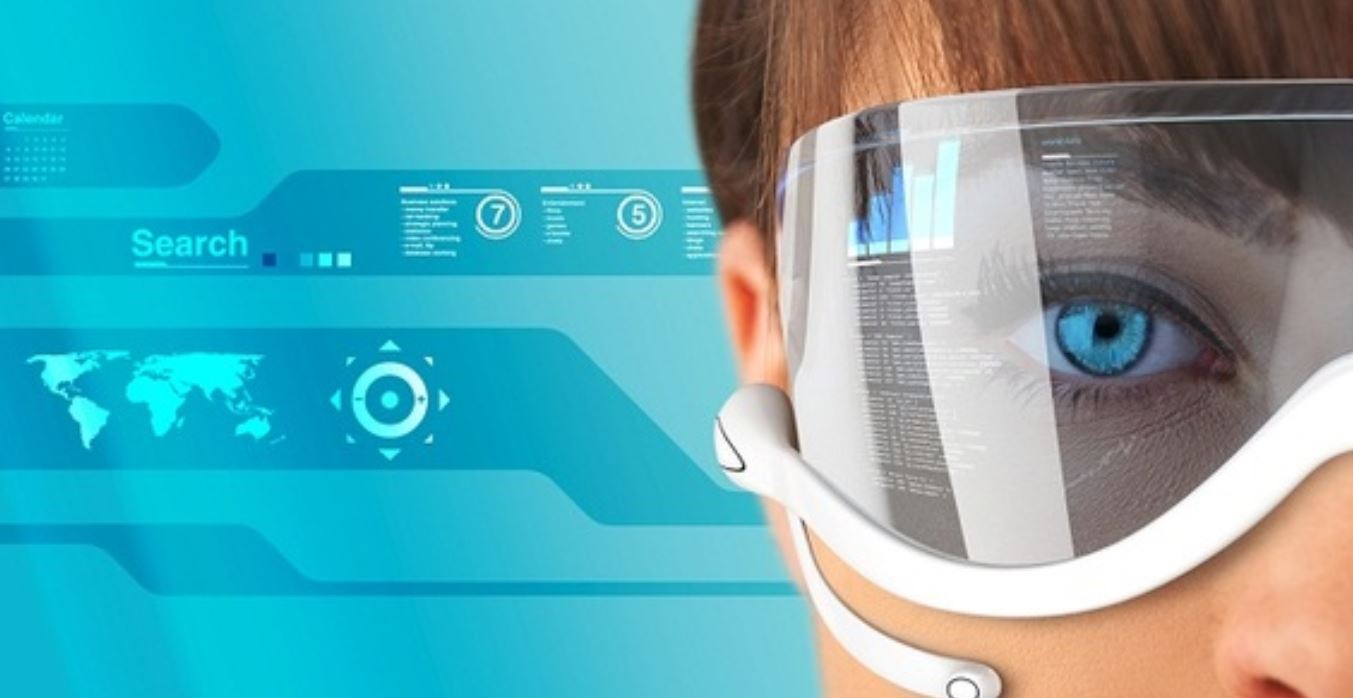Alright, let’s talk about the ‘Metaverse’. Remember all those dazzling concepts tossed around? A fully immersive digital world where we could work, play, socialize, and shop, blurring the lines between physical and virtual existence? It was painted as the next evolutionary step of the internet, a place limited only by imagination. Big tech companies poured billions into it, and headlines screamed about the future arriving any minute now. But step outside, look around, and ask yourself: is that the world we’re actually living in today?
There’s definitely a buzz, a fascinating mix of futuristic promises and cautious skepticism. It’s easy to get swept up in the vision, but it’s just as important to get a grip on what’s truly happening on the ground.
If you’re curious about the stark contrast between the metaverse dreams and the nuts-and-bolts reality we’re currently navigating, you’re in the right place. To kick things off, here’s a quick peek at this very contrast we’re about to dive into, neatly packaged:
See? It’s a tale of two Metaverses – the one in the glossy presentations and the one you can actually log into right now. Let’s break this down.
Table of Contents
The Grand Vision: What the Metaverse Was Hyped To Be
At its most ambitious, the metaverse wasn’t just a game or a social media platform. It was envisioned as a persistent, interconnected network of virtual worlds, where your digital identity, assets, and experiences could flow seamlessly from one ‘place’ to another. Think of it like the internet, but in 3D and experienced from within.
Key characteristics of this hyped vision included:
- Persistence: The world continues to exist and evolve even when you’re offline.
- Interoperability: Your avatar, items (like clothing or tools), and currency work across different platforms and experiences.
- Scalability: Capable of hosting millions, perhaps billions, of users simultaneously in rich, synchronous experiences.
- Real-time: Everything happens live, just like in the physical world.
- Digital Economy: A fully functioning economy with digital assets (NFTs played a big role in this hype), ownership, and marketplaces.
- Immersion: Experienced primarily through technologies like Virtual Reality (VR) and Augmented Reality (AR), offering a profound sense of presence.
- User-Generated Content: Users aren’t just consumers; they are creators shaping the worlds and experiences within.
This was the promise. A revolutionary shift in how we interact with technology and each other. It was exciting, futuristic, and frankly, a little overwhelming.
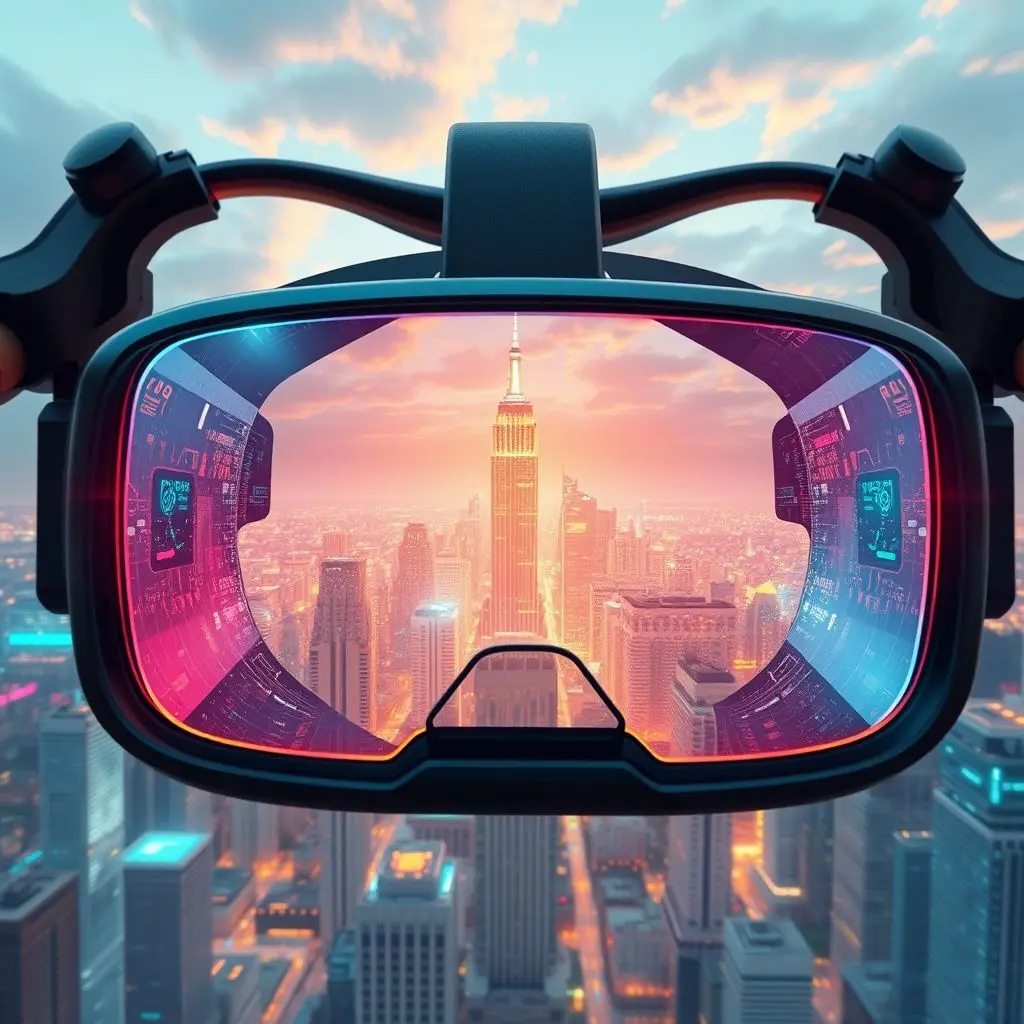
The Hype Machine: Fueling the Frenzy
So, where did all this intense hype come from? Several factors converged to create the metaverse buzz:
- Big Tech Investments: When companies like Meta (formerly Facebook) declared their pivot to the metaverse and announced massive investments, the world took notice. This signaled a belief in the concept at the highest levels.
- Gaming Success: Platforms like Fortnite and Roblox demonstrated the power of persistent virtual worlds with social elements and burgeoning economies, giving a glimpse of metaverse-like experiences.
- NFTs and Cryptocurrency Boom: The surge in interest and value of NFTs and crypto provided a tangible (though volatile) example of digital ownership and economies, concepts central to the metaverse vision.
- Pandemic Acceleration: The global reliance on digital tools for work, social interaction, and entertainment during the pandemic highlighted the potential need and desire for more immersive digital spaces.
- Science Fiction Inspiration: Decades of sci-fi literature and movies (like Snow Crash, Ready Player One) had already planted the seeds of immersive virtual worlds in the public consciousness.
- Media Amplification: News outlets, analysts, and influencers jumped on the trend, often amplifying the most fantastical predictions without sufficient critical examination of current capabilities.
This perfect storm of factors created an environment where the term ‘metaverse’ became a buzzword, often used loosely to describe anything from a VR game to a shared online space, blurring the lines between aspiration and achievement.
The Current Reality: What’s Actually Here?
Now, let’s touch down from the clouds and look at what exists today under the ‘metaverse’ umbrella. The reality is far more fragmented, less seamless, and technologically less advanced than the peak hype suggested.
What we have are:
- Isolated Platforms: Instead of a single, interconnected network, we have multiple distinct virtual worlds and platforms (e.g., VRChat, Decentraland, The Sandbox, Meta Horizon Worlds, specific game universes like Fortnite or Roblox). These are largely walled gardens with limited or no interoperability. Your avatar or items from one platform typically don’t work in another.
- Nascent Technology: While VR and AR hardware is improving, it’s still relatively expensive, bulky, and not yet a mass-market consumer product for everyday use. The underlying infrastructure for truly scalable, real-time, persistent worlds for billions of users is still under development.
- Basic Avatars and Environments: Many current ‘metaverse’ experiences feature relatively simple graphics, basic avatars, and limited interactive capabilities compared to the rich, detailed worlds imagined.
- Emerging, Not Established, Economies: While digital assets are traded and some platforms have internal economies, these are often volatile, speculative, and lack the stability and widespread acceptance of traditional economies. The promised seamless flow of digital assets across *different* platforms is largely absent.
- Limited User Adoption: While specific platforms have dedicated user bases (especially in gaming), widespread daily use of ‘the metaverse’ for diverse activities like work or education is minimal outside of specific niches or experimental programs.
- Significant Technical Hurdles: Creating persistent, real-time worlds with millions of users requires immense computing power, sophisticated networking, and complex AI, challenges that are far from fully solved.

Bridging the Gap: Challenges on the Road Ahead
The distance between the grand vision and the current reality is significant, and closing it involves overcoming substantial challenges:
- Interoperability Standards: Developing and agreeing upon universal standards that allow avatars, assets, and data to move between different platforms is a massive undertaking requiring industry-wide cooperation that doesn’t currently exist.
- Hardware Limitations: Lighter, cheaper, more comfortable, and more powerful VR/AR headsets are needed for true mass adoption. Haptic feedback technology for touch needs significant advancement.
- Infrastructure Requirements: Delivering high-fidelity, real-time experiences to millions simultaneously requires next-generation networking (beyond current 5G) and distributed computing power on an unprecedented scale.
- Content Creation Tools: Making it easy for anyone to create compelling content and experiences within the metaverse is crucial for its growth, but current tools are often complex or limited.
- User Experience (UX): Navigating virtual worlds needs to become intuitive and accessible for everyone, not just early adopters or gamers.
- Privacy and Security: Operating in persistent digital worlds raises complex issues around data ownership, surveillance, identity verification, and protection against harassment and digital crime.
- Regulation and Governance: Establishing legal frameworks and governance models for digital ownership, transactions, conduct, and dispute resolution in the metaverse is a complex global challenge.
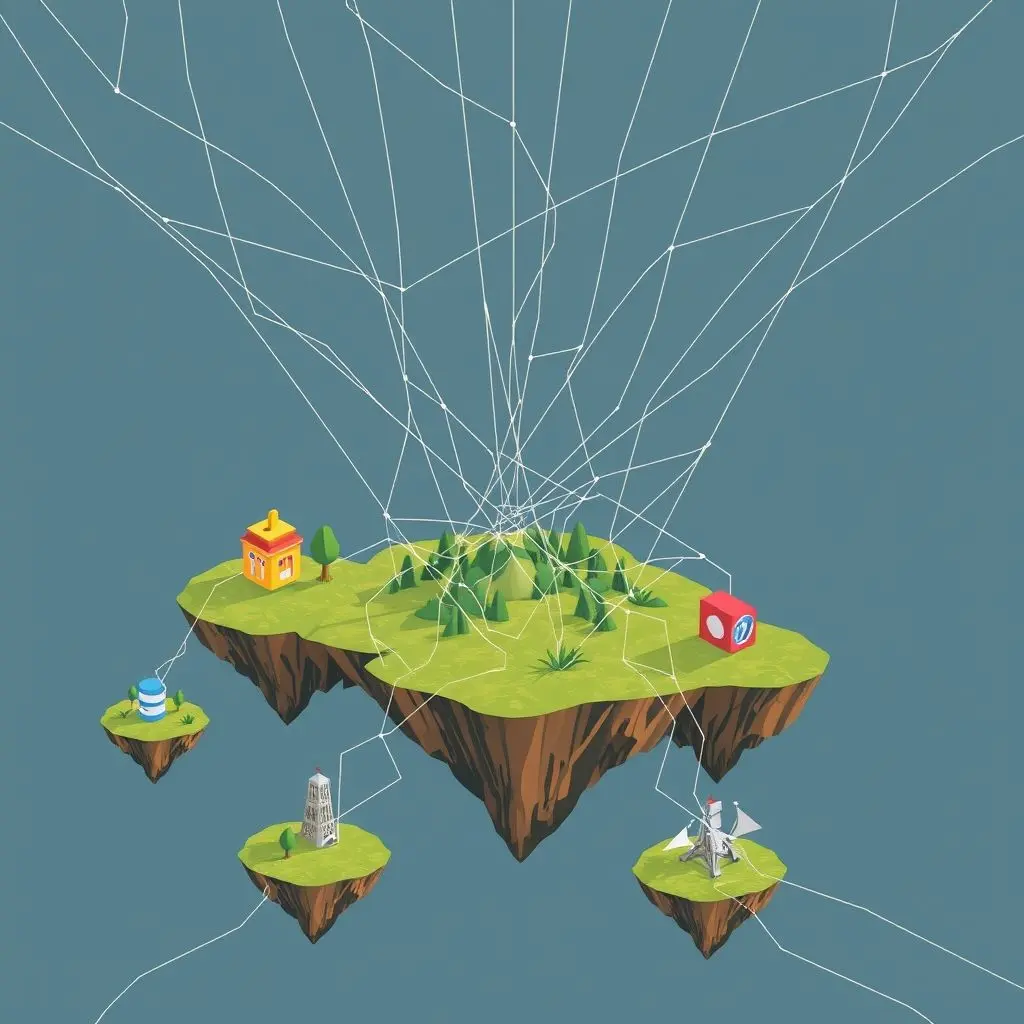
Where Reality Meets Potential: Practical Applications Today
Despite the gap, the building blocks of the metaverse are being used in meaningful ways right now. This is where the reality has potential:
- Gaming: This remains the most mature area, with complex virtual worlds offering social interaction, creativity, and emerging economies.
- Virtual Meetings & Collaboration: Companies are experimenting with VR meeting spaces for more immersive remote work, though uptake is still niche.
- Training and Simulation: VR is proving highly effective for training in fields like surgery, engineering, and manufacturing, offering realistic, low-risk environments.
- Social Hangouts: Platforms dedicated purely to social interaction in virtual spaces are gaining users seeking new ways to connect.
- Virtual Events: Concerts, conferences, and exhibitions are being held in virtual worlds, reaching global audiences without physical limitations.
- Digital Art and Fashion: Artists and designers are creating and selling purely digital goods and experiences, often leveraging NFTs for ownership.
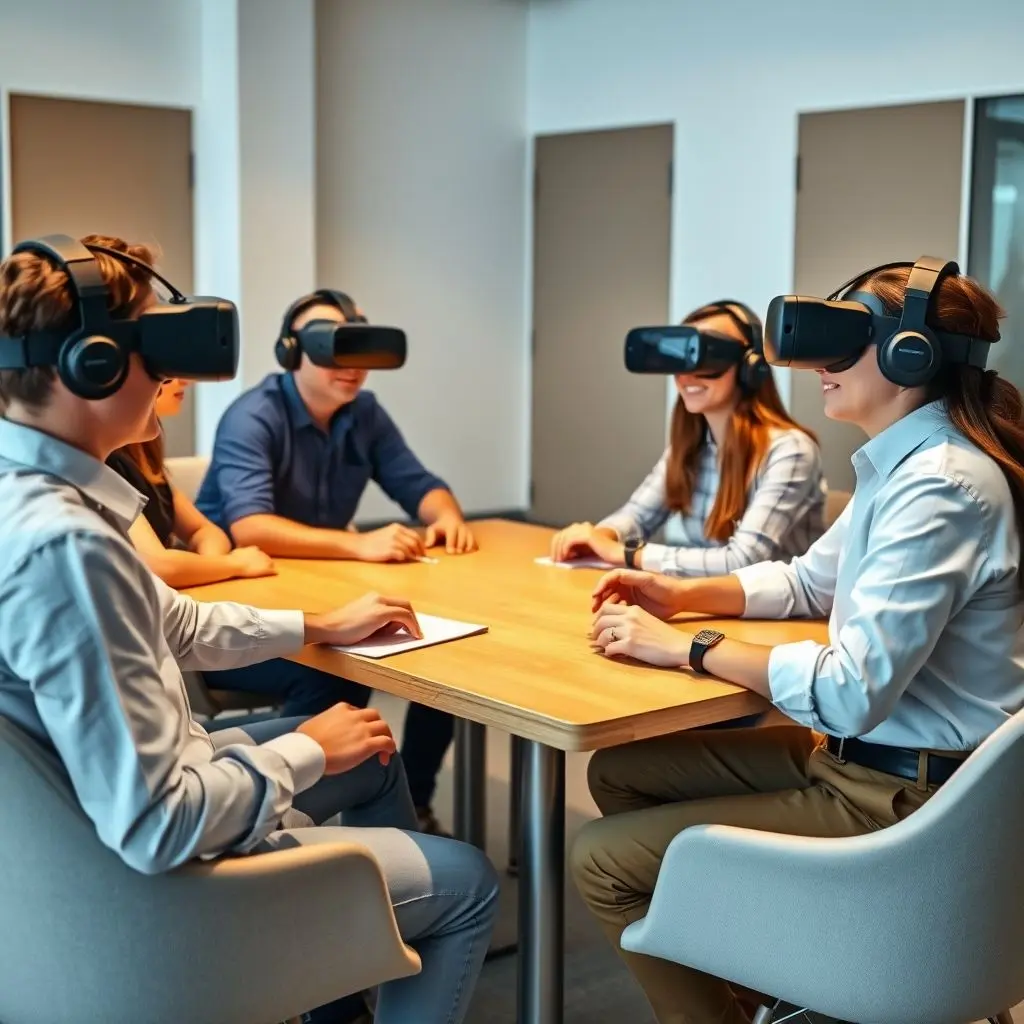
So, Where Does That Leave Us?
The ‘Metaverse’ as envisioned in the peak of the hype cycle – a single, seamless, universally accessible digital universe – is not our current reality, and it’s likely still many years, perhaps decades, away. What we have instead are nascent platforms, technological experiments, and specific applications leveraging elements that *could* eventually form parts of a larger metaverse.
The investment and development happening now aren’t wasted, however. They are pushing the boundaries of VR/AR technology, networking, digital identity, and virtual world design. These advancements are valuable in themselves and are already finding practical uses in various industries.
The metaverse journey is less like flipping a switch and more like building a city, brick by brick. Some areas are developing faster than others (like gaming and training). The infrastructure, the common language (interoperability), and the diverse population (mass adoption) are still very much under construction.
It’s crucial to distinguish between the aspirational, long-term vision and the concrete, often limited, reality of today’s virtual platforms. The metaverse is coming, but it’s likely to arrive incrementally, evolving from current technologies and platforms rather than appearing fully formed overnight.
Frequently Asked Questions About the Metaverse
Is the metaverse just a game?
While many current ‘metaverse’ experiences are game-like, the grand vision extends beyond gaming to encompass work, social interaction, education, commerce, and more. Today’s reality is often siloed into gaming or specific social apps.
Do I need a VR headset for the metaverse?
Not always. Some virtual worlds are accessible via desktop computers or even mobile phones. However, VR headsets offer the most immersive experience, which is central to the long-term metaverse vision.
Are NFTs required for the metaverse?
NFTs are one technology that enables digital ownership, a key concept for the metaverse economy. However, they are not the only way to achieve this, and many current virtual worlds don’t rely on NFTs at all. The link was heavily emphasized during the NFT boom.
When will the full metaverse be here?
There’s no set date. Experts disagree, but most believe a truly interconnected, persistent, and widely adopted metaverse is still 5-10 years away at the earliest, and possibly much longer, depending on technological advancements and industry collaboration.
Who is building the metaverse?
Many companies are contributing, including Meta, Microsoft, Google, Apple (developing AR/VR hardware), Epic Games (Fortnite, Unreal Engine), Roblox, Decentraland, The Sandbox, and countless smaller startups focusing on specific aspects like avatars, interoperability, or virtual economies.
Looking Ahead
Instead of waiting for a sudden, complete shift into a sci-fi metaverse, it’s more realistic to observe the steady progress in underlying technologies like VR/AR, 3D graphics, networking, and digital identity. These advancements, driven by various applications from gaming to enterprise, are the true indicators of how digital interaction is evolving. The metaverse isn’t a destination we’ll simply arrive at; it’s a direction we’re slowly heading in, piece by piece, challenge by challenge, building the future one virtual brick at a time.
